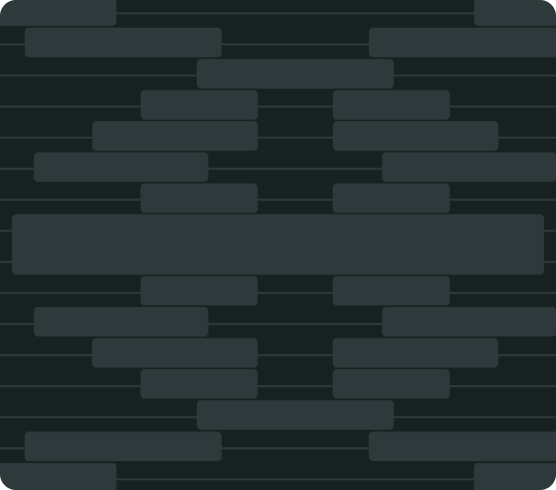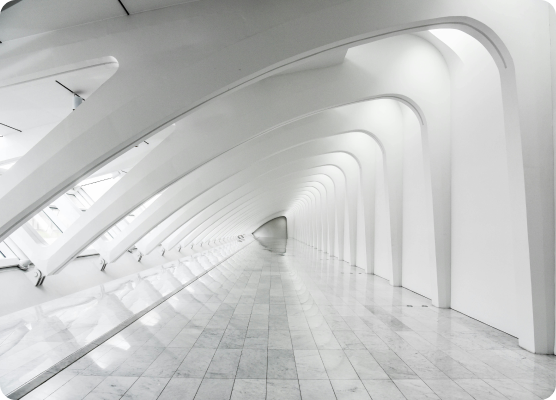Scientific rigor
Standard academic practices in all processes
Open access
We are driven by transparency and thus share all our data
Objectivity
An approach that prevents conflict of interest












